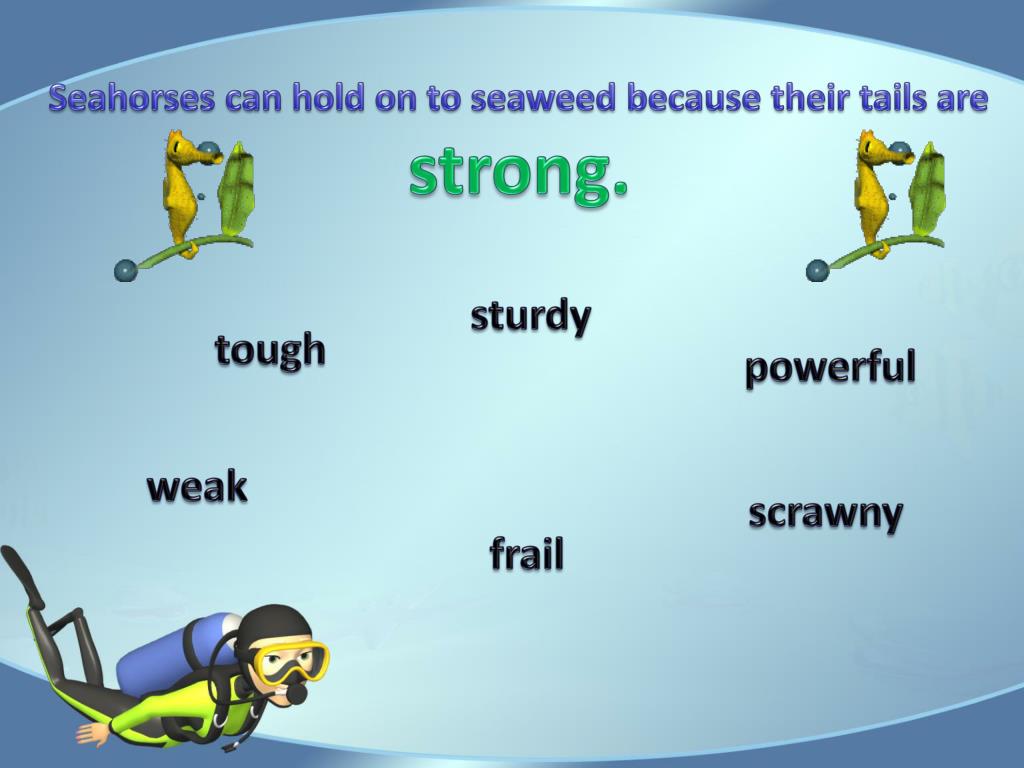

More recently, active contraction of the spleen has also been attributed to the human diving response without clear relationship. In humans, the diving response is characterized by a synergistic sympathetic and parasympathetic activiation and catecholamine increase ( Heusser et al., 2009 Eichhorn et al., 2017), redistribution of blood flow to maintain adequate oxygen supply to hypoxia sensible organs ( Joulia et al., 2009 Eichhorn et al., 2018), and reduced heart rate ( Perini et al., 2008 Costalat et al., 2021). This fundamental mechanism enabling organisms to maintain life during asphyxia has been demonstrated in many terrestrial species and involves both bradycardia and peripheral vasoconstriction. Diving mammals have developed a major physiological adaptation to withstand asphyxia for prolonged dive duration called the diving response. Thus, oxygen depletion relies on air inhaled into the lungs before breath-holding, and intrinsic oxygen stores bound in blood to hemoglobin, in muscle to myoglobin and in smaller amounts also physically dissolved in plasma. The Diving ResponseĪ major challenge for humans inherent to the aquatic environment is the lack of oxygen, as mammals cannot breathe under water.

This review aims at elucidating the particular challenges of deep human breath-hold diving to respiratory physiology, and to highlight the serious medical risks associated with competitive freediving to great depths. These achievements also raised interest by the scientific community, as they challenged the pertinent understanding of the depth limits of breath-hold diving. More recently breath-hold diving also became a competitive sports activity, inspired by the famous competition between Italian freediver Enzo Maiorca, who breached the 50 m depth in 1960, and French freediver Jacques Mayol, who was the first to reach 100 m in 1976.
Diving deeper synonym skin#
Awareness of the unique challenges to pulmonary physiology at depth is paramount to assess medical risks of deep breath-hold diving.īreath-hold diving (synonyms: apnea diving, freediving, and skin diving) has been practiced by humans throughout history for leisure and commercial purposes, e.g., harvesting sea food or spearfishing. This review addresses possible hypotheses and elucidates factors that may contribute to pathophysiology of deep freediving accidents. Mechanisms of neurological injury and inert gas narcosis during deep breath-hold dives are still incompletely understood. Clinical cases of stroke-like syndromes after single deep breath-hold dives point to possible mechanisms of decompression stress, caused by N 2 entering the vasculature upon ascent from these deep dives. This will increase risk of N 2 narcosis and decompression stress.

However, the inability of human lungs to collapse early during descent enables respiratory gas exchange to continue at greater depths, forcing nitrogen (N 2) out of the alveolar space to dissolve in body tissues. These techniques allow elite athletes to increase total lung capacity and minimize residual volume, thereby reducing thoracic squeeze. Investigations of elite breath-hold divers and their achievements revised our understanding of possible physiological adaptations in humans and revealed techniques such as glossopharyngeal breathing as being essential to achieve extremes in breath-hold diving performance. Nonetheless, world records in deep breath-hold diving of more than 214 m of seawater have considerably exceeded predictions from human physiology. While training and inherent individual factors may increase tolerance to these challenges, the limits of human respiratory physiology will be reached quickly during deep breath-hold dives.


 0 kommentar(er)
0 kommentar(er)
